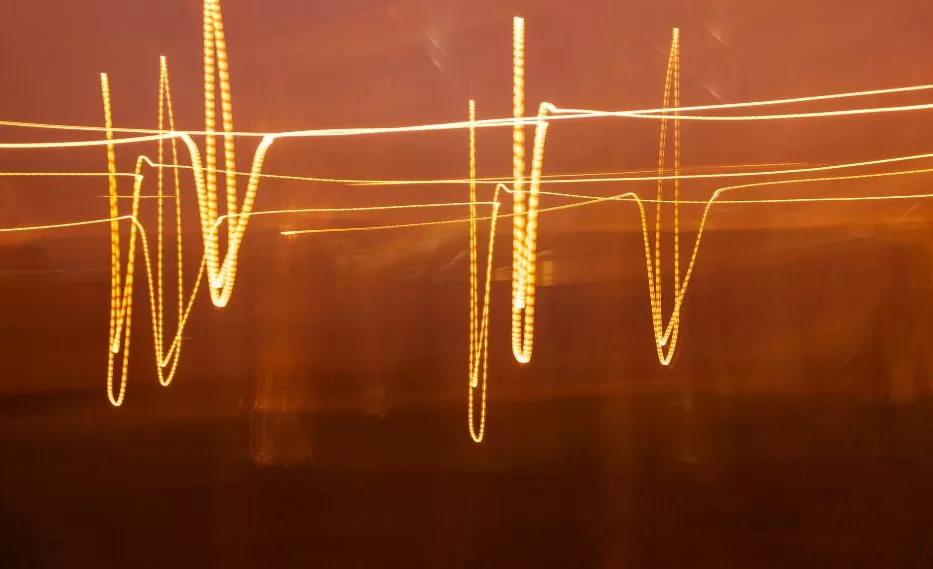The usage of ultrasound technology to break down fat cells beneath the skin is known as ultrasonic or ultrasound cavitation. It is a non-surgical treatment for cellulite and targeted fat. Ultrasonic vibrations are used to exert pressure on fat cells during this technique. The pressure is strong enough to cause the fat cells to dissolve into water. The body can then eliminate it as waste via your urine.
The destroyed fat cells are expelled as waste from the body via the liver. This treatment procedure is utilized in conjunction with other weight reduction treatments to aid in the removal of extra fat. It is a favored way of removing body fat over other invasive treatments. It is vital to realize that if you eat a high-calorie diet, your fat may return.
How Does It Operate?
Ultrasonic cavitation uses radio frequencies and minimal ultrasonic waves to shape the body. These waves cause bubbles all over the fat deposits beneath the skin. The bubbles then explode, breaking up the fat stores and allowing them to flow into the interstitial and lymphatic systems. Glycerol and independent fatty acids are formed from the fat deposits. Glycerol is then recycled by the organism, during that time free fatty acids are transported to the liver and expelled as waste.
How long does a treatment of ultrasonic cavitation last?
Because the technique is tailored to each individual’s needs, it may take longer for some than others. However, relying on the therapy, the typical treatment must be finished in one to three sessions, with two weeks between each session. Each session lasts around 45 to 75 mins. The effects of ultrasonic cavitation might be seen in 6 to 12 weeks.
Which regions of the body are ideal for ultrasonic cavitation?
Ultrasonic cavitation is more effective in areas with localized fat. The stomach, flanks, thighs, hips, and upper arms are examples of such places. This technique cannot be performed on bodily regions such as the head, neck, or other bone areas.
Best frequency for ultrasonic cavitation:
The ideal frequency for a radiofrequency cavitation machine range between (20kHz and 30kHz). Be wary of knock-off ultrasonic devices with a frequency of (40 to 60 kHz), since they are too insufficient to penetrate into the fat or generate enough disruption in the cell to cause cavitation. For safety concerns, many domestic versions operate at this frequency but yield poor or no results.
A widespread misconception about ultrasound is that the greater the frequency (40, 50, or 60 kHz), the heavier the signal. Nothing could be farther from the truth; in actuality, these vibrations are far weaker.
Here’s an easy example: if you clap your hands 25 times in a minute, you may be slow, solid, and loud. If you were ordered to clap your hands 40, 50, or 60 times in one minute, you would have to clap extremely quickly, which would cause you to clap lighter and quicker. A slower, heavier and far more penetrating frequency of 25 Khz is excellent for cavitation.
